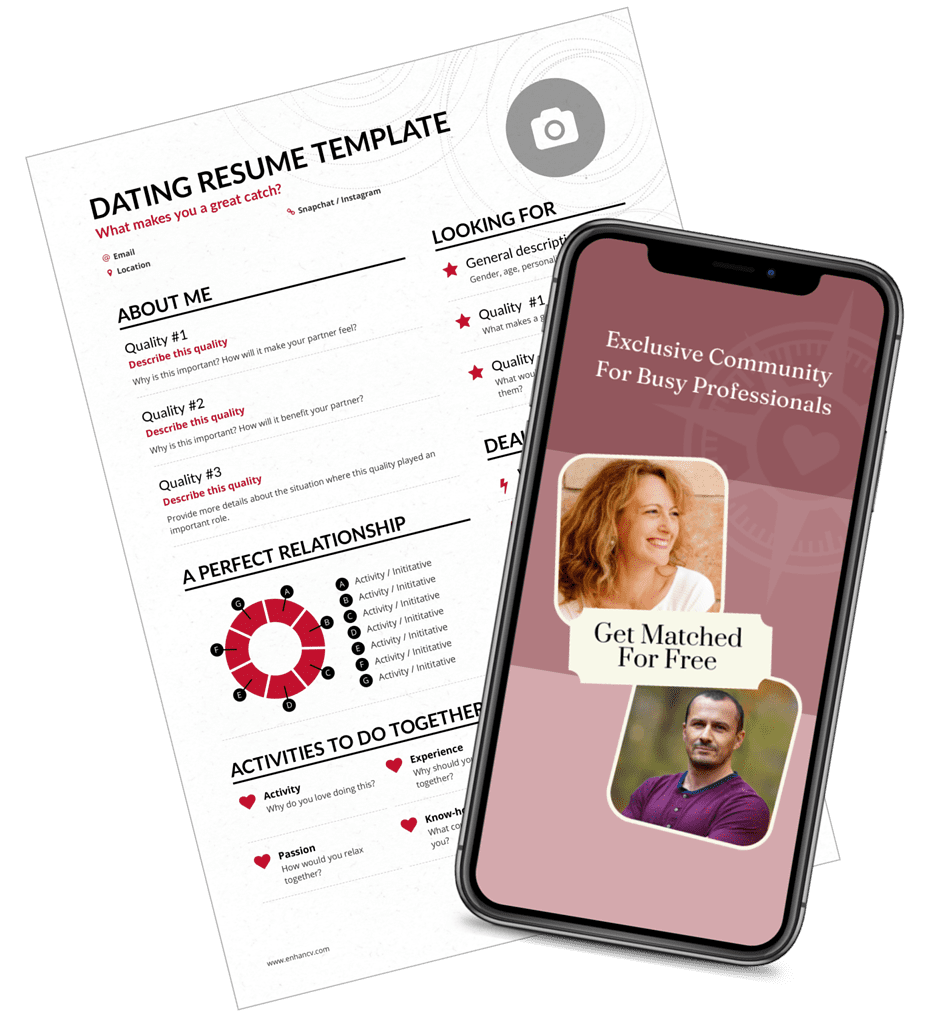Many of us deal with chronic pain, a constant companion that can overshadow every aspect of our lives. It affects our work, our relationships, and our ability to enjoy the things we love. Often, we find ourselves trapped in a narrative dominated by words like “pain,” “suffering,” and “struggle.” These words aren’t just labels; they carry weight and power, impacting our mental and emotional well-being.
But what if we could shift that narrative? What if we could replace those heavy words with others that offer us a bit of relief, or at least don’t drag us down further? This is where the Word Swap technique comes into play. By consciously choosing our words, we can alter our perception of pain and potentially lessen its psychological impact.
This technique isn’t about ignoring reality or making light of our challenges. It reclaims control over how we express our experiences and, in turn, how we react to them emotionally and physically. Words have the power to heal, to soothe, and to transform—and that’s what we’ll explore in this post.
Why Words Matter
Have you ever noticed how certain words make you feel a certain way? Like the word “pain” – just saying it can make you tense up. Our brains are very responsive to language, and certain words can trigger our stress responses. This is especially true for those living with chronic pain.
Now, imagine if we could choose words that lessen our stress and maybe even make us feel a bit better, instead of worse. That’s what the Word Swap technique revolves around.
How the Word Swap Technique Works
It’s all in the name: you swap out one word for another. Instead of using words that make you feel bad, you pick words that are neutral or even positive. For example, instead of saying, “My pain is unbearable today,” you might say, “My discomfort is strong today.” See the difference? The word “discomfort” might not make you feel as anxious as “pain.”
Words to Try
Let’s look at some words you might try swapping:
- Pain becomes sensation
- Hurt becomes tingle
- Agony becomes intense feeling
These swaps might seem small, but they can change how you think about your experience, which can influence how you feel.
Why This Helps
By changing the words we use, we’re actually taking control of our narrative. We’re not letting pain have the last word. This can help us manage our feelings better and can even reduce the intensity of the pain we feel. Picture it as turning down the volume on a loud radio.
Share Your Words
Now, I want to hear from you! What words have you found helpful in managing your pain or discomfort? Sharing can help others too, and I’d love to feature some of your word swaps in future posts. Drop your powerful words in the comments below – let’s create a supportive community where we empower each other with the words we choose.
Remember, the words we choose can shape our experience. The Word Swap technique is a simple tool that can make a significant impact. Give it a try, tweak it as you need, and find what words help you the most.
Thanks for reading, and here’s to finding more comfort and less pain, one word at a time!



